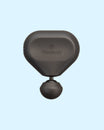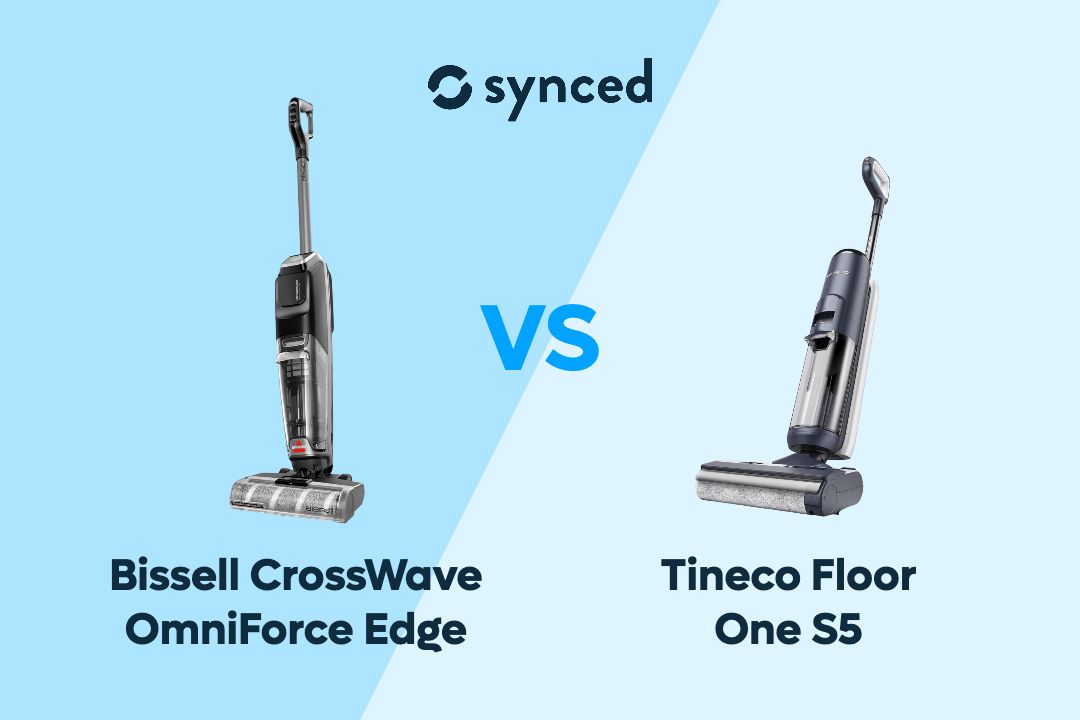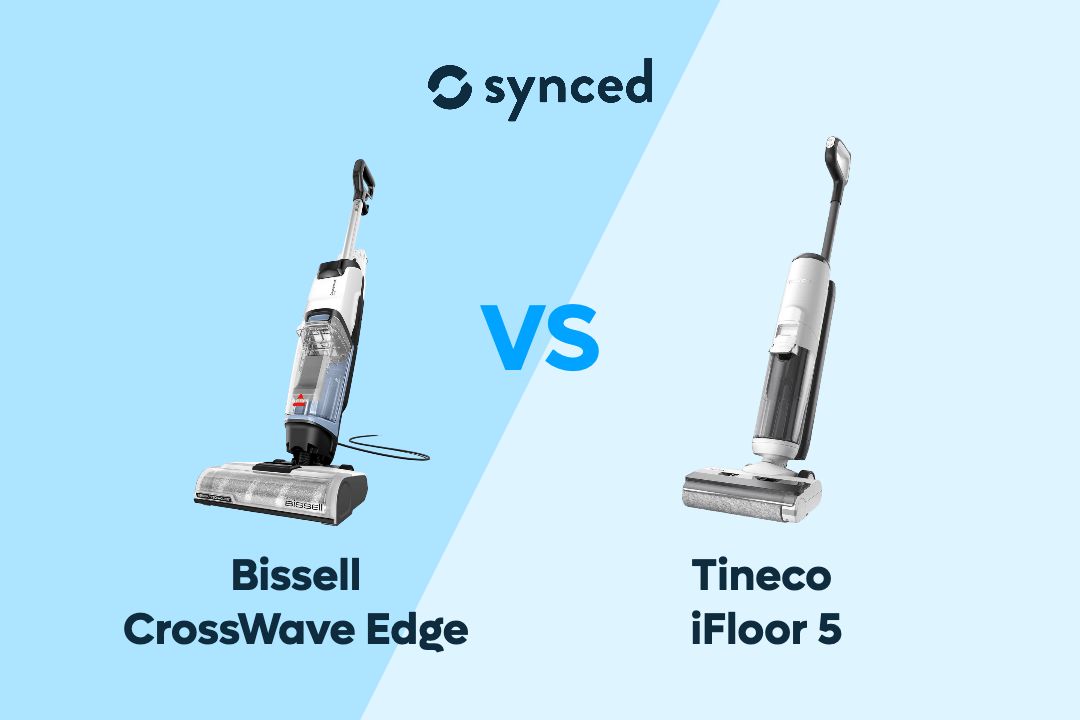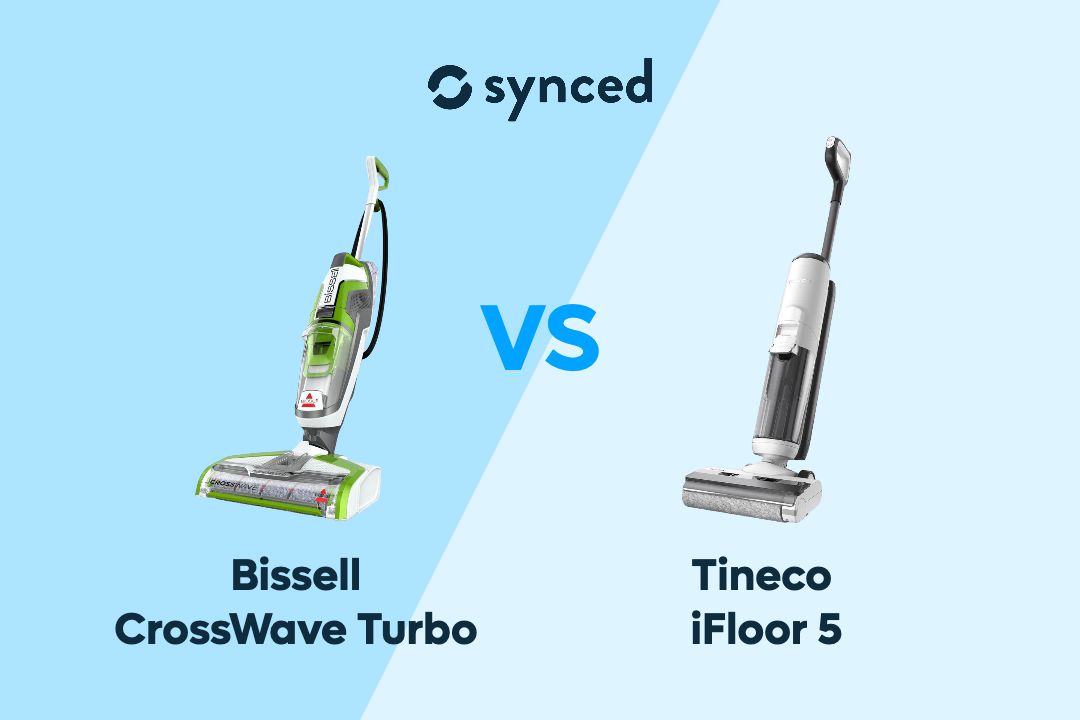Samsung S90C vs S90D: OLED TV Compared
By Naila Syifa
Updated April 2024

Samsung S90C has been a popular premium OLED TV, but its successor S90D model in 2024 raises the question of whether it's worth upgrading or if the differences are minimal.
In this comparison, we'll find the answer to that by comparing both OLED TVs across several key aspects, so you can get a comprehensive understanding of the improvements (or lack thereof) in the newer S90D model.
Key Takeaways
Samsung S90D displays 20% brighter images compared to the S90C. It also offers an improved dialogue-enhancing feature with the Active Voice Amplifier Pro, while the S90C offers Active Voice Amplifier. Another difference concerns the gaming feature, with the S90D offering FreeSync Premium Pro while the S90C offers FreeSync Premium.


Samsung S90C OLED TV
2023 Model
✓ Neural Quantum Processor 4K
✓ Dolby Atmos and Object Tracking Sound Lite
✓ Motion Xcelerator Turbo Pro
✓ FreeSync Premium

Samsung S90D OLED TV
2024 Model
✓ NQ4 AI Gen2 Processor
✓ Dolby Atmos and Object Tracking Sound Lite
✓ Motion Xcelerator 144Hz
✓ FreeSync Premium Pro
#1 Price

Samsung S90D
Being a newer model, the S90D is more expensive than the S90C model, though the price gap is only around $100 depending on the size. For example, the 55-inch and 65-inch S90C originally retailed at US$1900 and US$2600, while the S90D is priced at US$2000 and US$2700 for the same sizes respectively.
However, the S90D is often available at a discount, widening the price gap between the two models and making it a more attractive option for budget-conscious buyers.
#2 Design

Samsung S90C (Left) vs S90D (Right)
Both the S90C and S90D OLED TVs boast a bezel-less appearance and a similar LaserSlim Design, making it difficult to differentiate between the two models based on aesthetics alone.
From the side, you can hardly notice any difference in their ultra-thin profiles, so the design is not a significant factor when deciding between the two models.
In addition, both models offer the same number of ports, including 4 HDMI, 2 USB, 1 Ethernet/LAN, 1 Antenna, 1 Optical, and 1 3.5mm Ex-Link port.
#3 Picture Quality

Samsung S90D
The difference between both models is more apparent when it comes to picture quality. The new OLED HDR+ in the S90D model allows for 20% brighter images compared to the S90C, resulting in more vivid and lifelike visuals.
The S90D also features an improved NQ4 AI Gen2 Processor, which features 20 AI neural networks for even more advanced image processing and upscaling. The result is significantly enhanced picture quality compared to the Neural Quantum Processor in the S90C model.
However, both TVs share the same maximum refresh rate of 120Hz, allowing for smooth motion handling and reduced motion blur. If you want to play games from a compatible PC that supports a 144Hz refresh rate, both TVs also support ultra-fast 144Hz gameplay with their Motion Xcelerator feature. The S90D calls it Motion Xcelerator 144Hz while the S90C names it Motion Xcelerator Tubro Pro, but both are virtually the same.
#4 Audio Quality
Object Tracking Sound Lite
In terms of audio quality, the S90D introduces little improvement over the previous S90C model. Both TVs have 2.1 Channel sound with Dolby Atmos, providing an immersive audio experience.
The Object Tracking Sound (OTS) Lite feature also remains the same in both models, ensuring that the sound follows the on-screen action for a more engaging viewing experience.
In addition, if you have Samsung Q-series or S-series soundbars, you can enjoy seamless integration and enhanced audio quality with both the S90C and S90D models through the Q-Symphony feature.
One slight difference is that the S90D offers an improved Active Voice Amplifier Pro compared to the standard Active Voice Amplifier in the S90C. Both intelligently adjust dialogue volume based on the ambient noise in your room, but the Pro version in the S90D does it more effectively, though the difference may not be very noticeable to most users.
#5 Smart Features

Samsung Gaming Hub
Samsung S90C and S90D OLED TVs share a range of smart features that enhance your viewing experience, such as Tizen OS for easy navigation, built-in Alexa and Bixby, support for Google Assistant-enabled speakers, and access to a wide variety of streaming apps and services.
Both TVs also offer built-in Zigbee/Thread Module and can function as a hub for SmartThings and Matter-compatible smart home devices. This makes it easy to control your smart home ecosystem directly from your TV.
If you're an enthusiastic gamer, you'll appreciate the gaming features available on both models, such as the Gaming Hub, Auto Game Mode (ALLM), Game Motion Plus, and others. One difference is while the S90C features FreeSync Premium, the S90D features FreeSync Premium Pro, which works with HDR content.
Samsung S90C vs Samsung S90D
Final Thoughts

Samsung S90C
When deciding between the Samsung S90C and S90D OLED TVs, consider your budget and the features that matter most to you.
The S90D offers some notable upgrades like brighter images, improved dialogue enhancement, and advanced gaming features. However, the difference can be seen as minor and not very significant for most users.
If you're a new buyer looking for a high-quality OLED TV, the S90D is an excellent choice costing only $100 more. However, if you already own the S90C, upgrading to the S90D may not be necessary.
If you like to read more about Smart TVs, check out our other relevant guides here:
Samsung S90D vs S95D
Samsung S90D vs LG G4
LG C4 vs Samsung S90D
LG C4 vs Samsung S95D
LG C4 vs Samsung S90C
LG C4 vs LG G3
LG C4 vs Sony A95L
Don't miss out on tech
Subscribe to our newsletter to stay up to date on the latest tech trends and guides on the best gadgets around.







